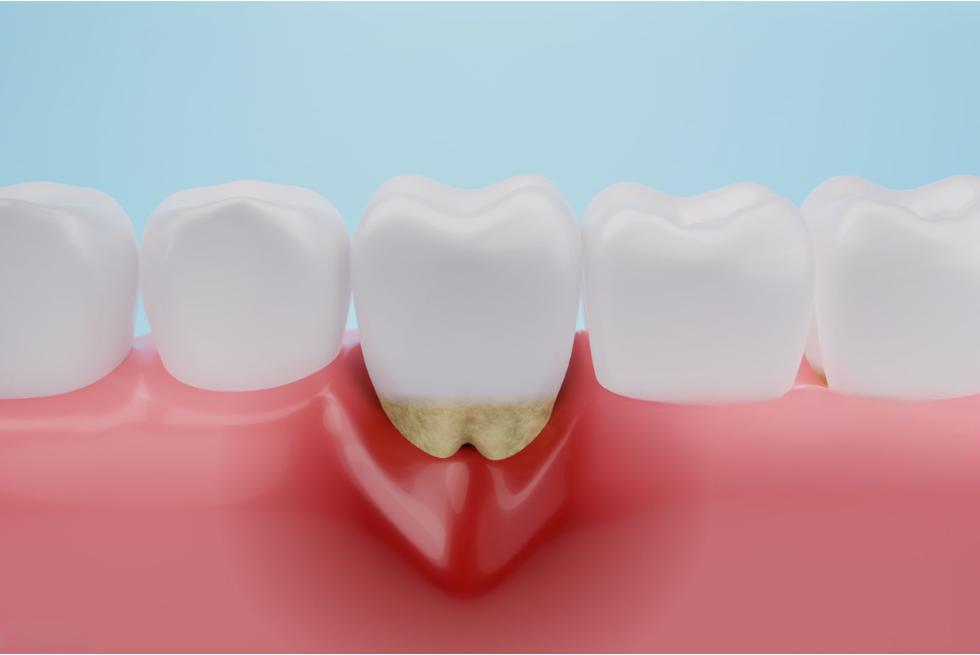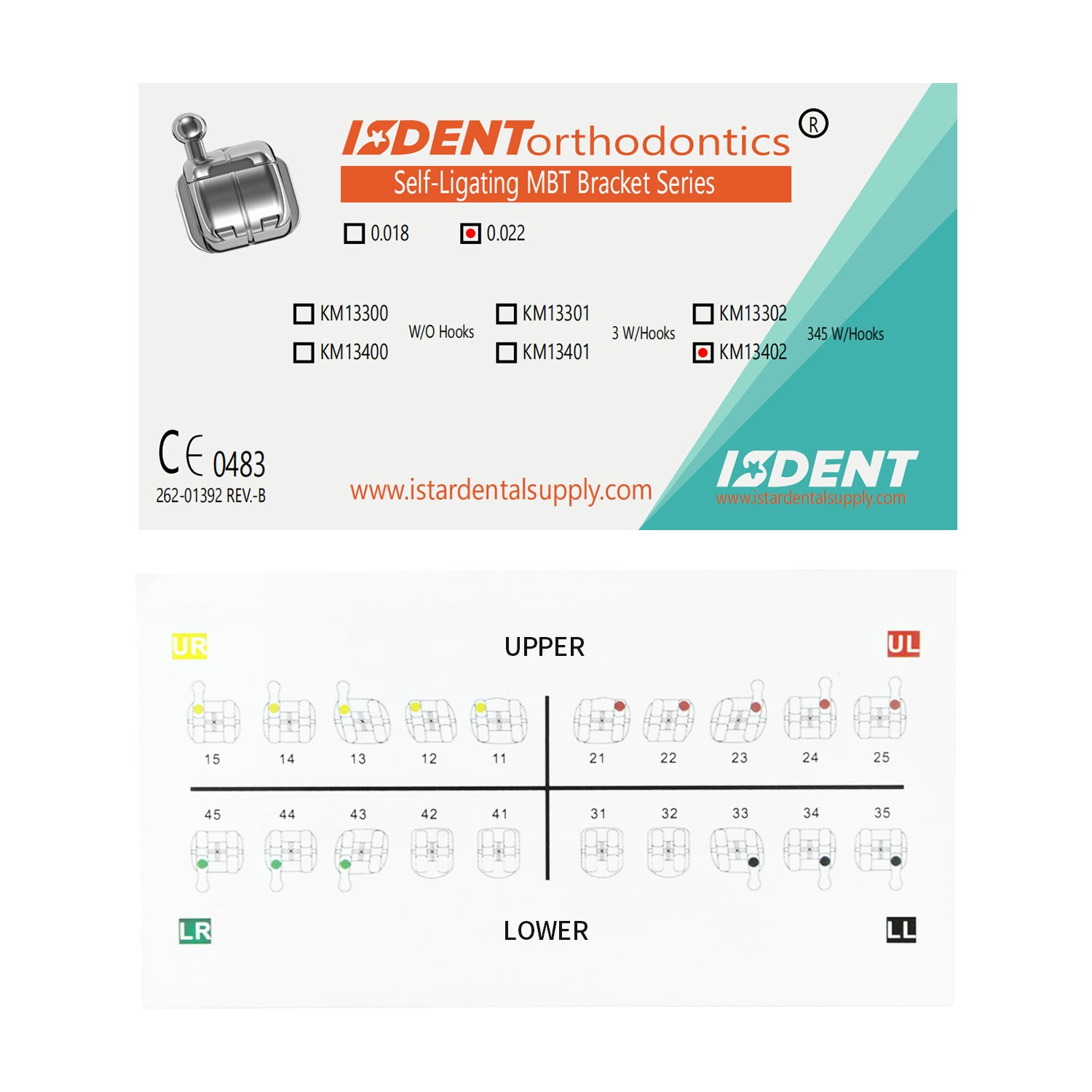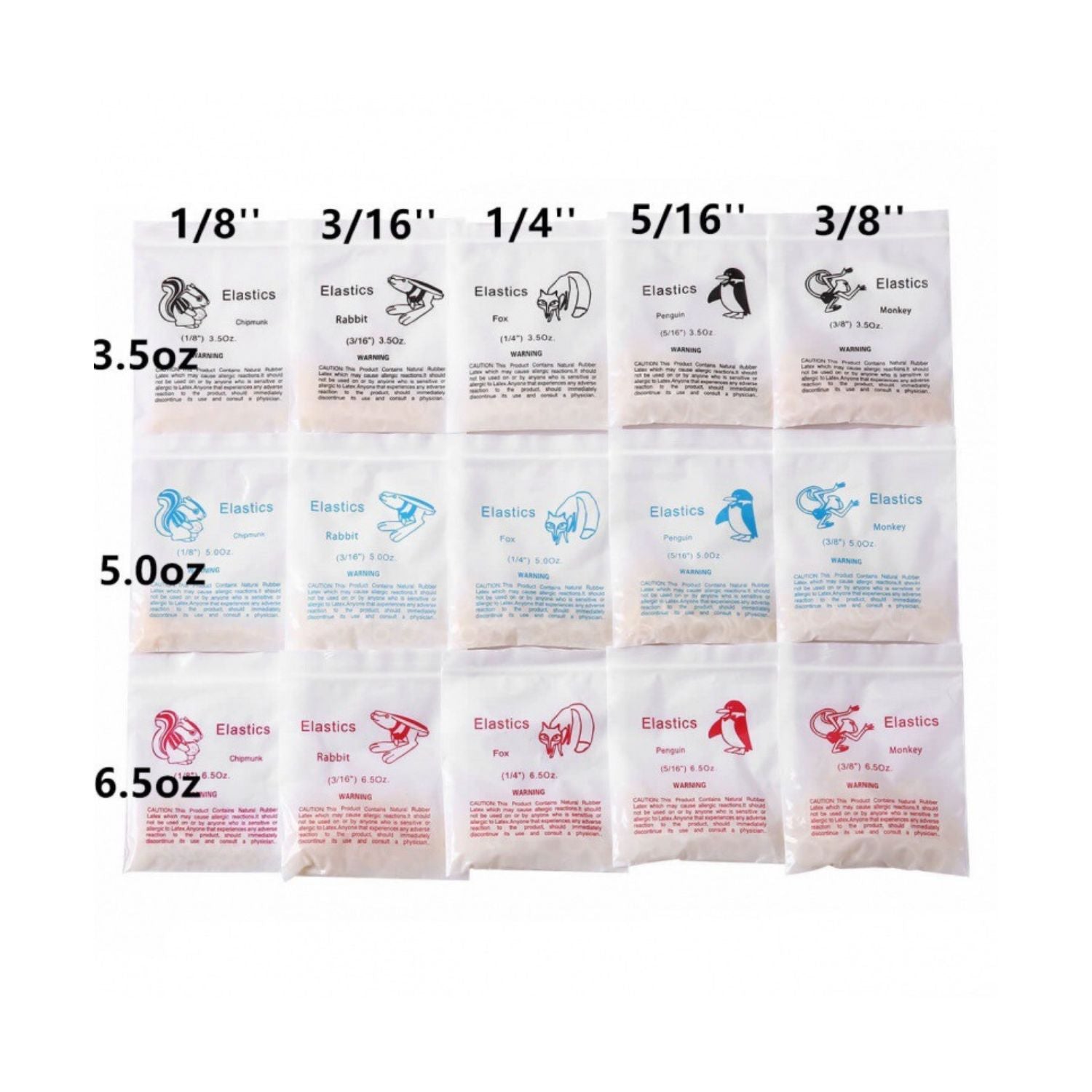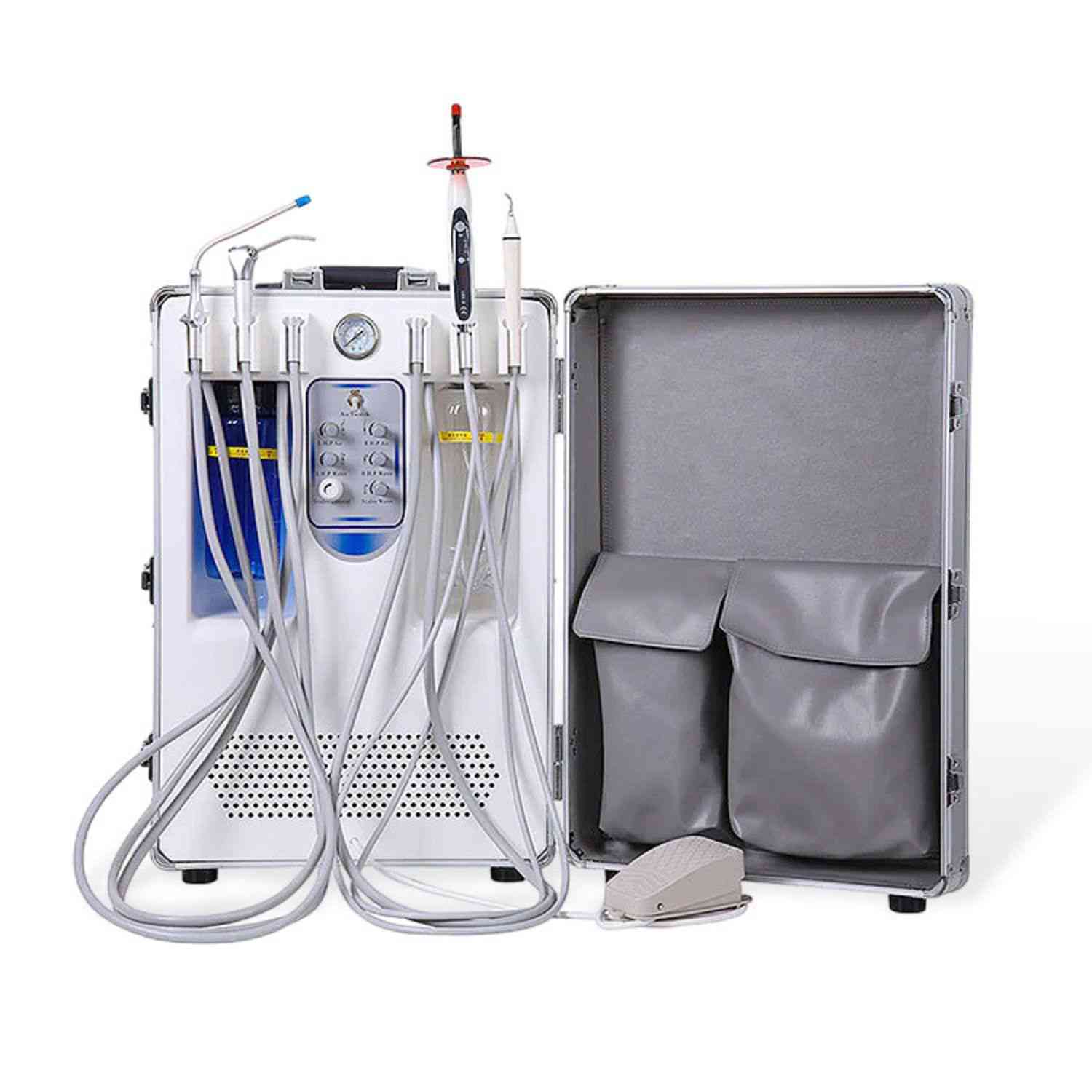What Is Periodontal Disease? Causes, Symptoms, and How to Treat Gum Infection
Did you know almost half of all grown-ups have gum disease? Many people don't know they have it until it's too late. Let's learn about this mouth problem and how to stop it.
What is Periodontal Disease?
Periodontal disease is when germs hurt your gums and the bones that hold your teeth. If we don't clean our teeth well, sticky stuff called plaque builds up. This gives bad germs a place to grow.
These bad germs make poisons that hurt your gums. First, your gums get red and puffy. Then they start to pull away from your teeth. If not fixed, the bone around your teeth gets weak. Your teeth can get loose and even fall out!
Stages of Gum Disease
There are two main types of gum disease:
-
Gingivitis - This is the early stage. Your gums look red and swollen. They bleed easy when you brush. The good news? You can fix gingivitis! Good cleaning can make it go away.
-
Periodontitis - This is the bad stage. The gums pull back from teeth making deep pockets. Bone loss starts to happen. This damage can't be fixed, but a dental professional with specialized equipment can stop it from getting worse.
The Big Numbers: Gum Disease Facts
Look at these facts about gum disease:
|
Fact About Gum Disease |
Number |
|
People with gum disease |
47 out of 100 adults over 30 |
|
People worldwide with bad gum disease |
About 9 out of 100 adults |
|
Smoking makes risk higher by |
2 to 5 times |
|
Diabetes makes risk higher by |
2 times |
|
Cases of early gum disease that can be fixed |
90 out of 100 |
|
People with very bad gum disease |
About 9 out of 100 U.S. adults |
|
How much treatment helps |
Makes gum pockets 1-3 mm smaller in 7 out of 10 cases |
|
Risk of heart problems |
Goes up 20% if you have gum disease |
|
Money spent each year on treatment |
$14.3 billion in U.S. |
|
How much flossing helps |
Cuts risk by 40% |
|
Tooth loss in smokers vs. non-smokers |
3 times higher |
|
How much regular care helps |
Cuts problems coming back by 30-50% |
What Causes Gum Disease?
The main cause is plaque - that sticky film on your teeth. When we don't clean well, plaque turns hard into tartar. Only a dentist can take this off.
Risk factors that make gum disease more likely:
-
Poor brushing and not flossing
-
Smoking or vaping
-
Diabetes
-
Not enough vitamin C
-
Some medicines that make your mouth dry
-
Family history of gum problems
Signs to Watch For
How do you know if you have gingivitis or periodontitis? Look for these warning signs:
-
Bleeding gums when you brush or floss
-
Bad breath that won't go away
-
Red, swollen, or tender gums
-
Gums pulling away from teeth (your teeth look longer)
-
Loose teeth or changes in how they fit together
-
Pus between your gums and teeth
If you see these signs, you should see a dentist right away. They have special tools like an ultrasonic scaler to help clean deep under the gums.
How Dentists Check for Gum Disease
When you go to the dentist, they will:
-
Use a tiny ruler called a probe to measure the pockets around your teeth. Healthy gums have small pockets (1-3 mm). Bigger pockets mean gum disease.
-
Take x-rays to see if there is bone loss around teeth.
-
Ask about your health history to find risk factors like diabetes.
-
Check for loose teeth and gum recession.
The dentist might use an intraoral camera to take pictures inside your mouth and show you the problem areas.
How to Treat Gum Disease
The treatment depends on how bad your gum disease is.
For Mild Cases (Gingivitis):
-
Professional cleaning to remove plaque and tartar
-
Better home care - brush twice a day, floss daily
-
Antimicrobial mouthwash to kill germs
For Moderate to Severe Cases:
Non-surgical treatments:
-
Deep cleaning (scaling and root planing) to remove tartar under the gums
-
Antibiotics placed in the deep pockets or taken by mouth
-
More frequent cleaning visits (every 3-4 months)
Surgical treatments:
-
Flap surgery to clean deep under the gums
-
Bone grafts to help grow new bone
-
Tissue grafts to cover exposed roots
-
Guided tissue regeneration to help gums and bone grow back
How to Prevent Gum Disease
It's easier to prevent gum disease than to treat it! Here's how:
-
Brush your teeth twice a day with fluoride toothpaste
-
Floss between your teeth every day - this cuts your risk by 40%!
-
Use a mouthwash that kills germs
-
Visit your dentist for check-ups and cleanings every 6 months
-
Don't smoke or use tobacco
-
Eat healthy foods with lots of vitamin C
-
Control diabetes if you have it
Having the right tools helps too. Dentists use specialized dental handpieces to clean teeth thoroughly during your visits.
What Happens If You Don't Treat Gum Disease?
If you ignore gum disease, bad things can happen:
-
Tooth loss - Gum disease is the #1 reason adults lose teeth
-
Receding gums that don't grow back
-
Painful abscesses in your gums
-
Damage to your jaw bone
-
Higher risk of heart disease and stroke
-
Harder to control blood sugar if you have diabetes
-
Possible links to other health problems like Alzheimer's disease
Common Questions About Gum Disease
Can gum disease spread from one person to another?
No, gum disease itself is not contagious. But the bacteria that cause it can spread through saliva. This means don't share toothbrushes or kiss someone with gum disease.
Can receding gums grow back?
Sadly, no. Once gums recede, they don't grow back on their own. But treatment can stop them from getting worse. In some cases, a gum graft can cover exposed roots.
How much does treatment cost?
Treatment costs from $500 to $10,000 depending on how bad your gum disease is. Regular cleaning might be $75-200, but deep cleaning can cost $500-1,500. Gum surgery costs $1,000-4,000, and full mouth reconstruction can be $10,000+.
Is gingivitis the same as periodontitis?
No. Gingivitis is the early stage that can be reversed. If not treated, it can turn into periodontitis, which causes permanent damage.
How long does it take to treat gum disease?
Gingivitis can get better in a few weeks with good care. Periodontitis takes longer - months to years - and needs ongoing care to manage.
Taking Care of Your Gums
Your gums are as important as your teeth! They hold your teeth in place and protect the roots. When you take care of your gums, you're also helping your whole body stay healthy.
Remember, early detection is key. If your gums bleed when you brush, don't ignore it! This is often the first sign of gum disease. See your dentist right away.
Good home care plus regular dental visits will keep your smile bright and your gums healthy. Your dentist has special tools to help fight gum disease, but your daily brushing and flossing are just as important.
Warning Signs to See a Dentist Right Away
Call your dentist if you notice:
-
Gums that bleed a lot
-
Very bad breath that won't go away
-
Pus coming from your gums
-
Loose teeth
-
Pain when chewing
-
Very red or swollen gums
These could be signs of a bad gum infection that needs treatment right away.
Final Words
Periodontal disease affects many people. The good news is we know how to prevent and treat it. Brush, floss, see your dentist, and don't smoke. These simple steps can save your teeth and keep your mouth healthy.
Remember, healthy gums don't bleed. If yours do, it's time to take action. Your smile is worth it!









